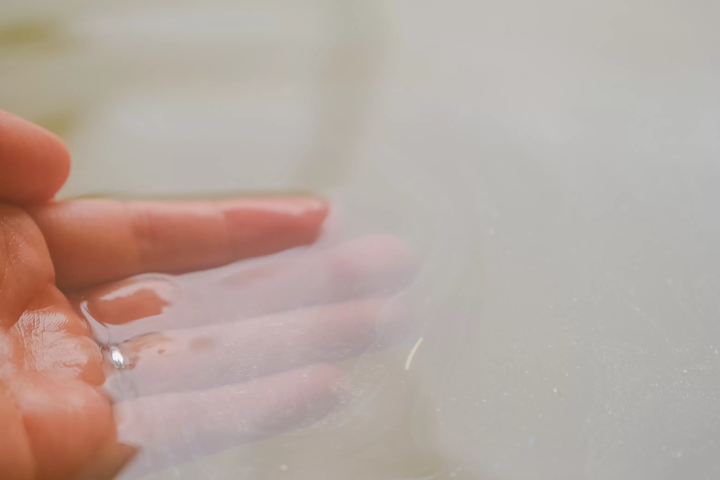The more you use it, the more lustrous and tasteful the "Ujo (Crow Castle) bori" becomes.

"Ujo (Crow Castle)" is made by taking advantage of the grain of domestic natural wood and carefully finishing it with raw Japanese lacquer, and the more you use it, the more glossy it becomes and the more its flavor deepens.
A masterpiece that makes the most of the grain of domestic natural wood and is carefully finished with Japanese raw lacquer.

Okayama Castle , a symbol of Okayama , is also known as the Ujo (Crow Castle)(Ujo) due to its jet-black exterior. "Ujo-bori" (Ujo (Crow Castle) Carving), named after this nickname, is a lacquer craft that is "handmade, hand-carved, and hand-painted."
Making use of the grain of natural Japanese woods such as horse chestnut, zelkova, katsura and paulownia, patterns of vegetables, fruits, flowers and old roofing tiles are carved and then painted with colored lacquer. Furthermore, raw Japanese lacquer is applied and then wiped off with a cloth, a process known as "fuki-urushi" (lacquering), which is repeated 13 to 24 times to create "Karasujo-bori" (Chinese Ujo (Crow Castle) carving), which gives it a refined luster.
Lacquerware, which began as a hobby, has become one of Okayama Prefecture specialty crafts

"Ujo (Crow Castle) Carving" began when Kiguchi Mine carved his own tea ceremony utensils as a hobby. Kiguchi eventually took up wood carving as his full-time job, and in Showa he named his series of works "Ujo (Crow Castle) Carving," confident that they were "products that Okayama should be proud of."

Because it began as a hobby, the craftsmen carefully select materials and carefully finish their work until they are satisfied with it, an approach that has been passed down to the craftsmen to this day, and now it has come to be counted as one of Okayama's specialty products.
Lacquerware that can be used for a long time makes a great gift.

Karasujobori is known in Okayama as "Ujo (Crow Castle)-san" and is loved by the people. They produce coffee trays, small item holders and more, focusing on round and square trays that have long been familiar to people living in Okayama. All of their products are attractive for their three-dimensional hand carving and the beautiful wood grain that appears through the painstaking "fuki-urushi" lacquer application, as well as the luster and richness that increase with use.


Because they can be used for a long time, they are popular with many people not only for home use, but also as souvenirs and gifts.
Okayama Prefecture is located in the Center of Western Japan and is known as the "Land of Sunshine" due to its warm climate and little rain throughout the year. It's conveniently located halfway between famous tourist destinations like Kyoto, Osaka, and Hiroshima! It's also the gateway to Shikoku via the Seto. Okayama is also known as the "Fruit Okayama," and the fruits that are sun-drenched in the warm climate of the Setouchi are of the highest quality in terms of sweetness, aroma, and flavor. You can enjoy seasonal fruits such as white peaches, Muscat grapes, and Pione grapes! Okayama is also home to world-class tourist spots, including Okayama Castle, Okayama Korakuen Garden, one of Japan's three most famous gardens, and Kurashiki Bikan Historical Quarter, which boasts history, culture, and art!
The contents on this page may partially contain automatic translation.





























![[THE BLOSSOM KYOTO] Awaken your senses with the Kyoto aesthetic that lives on in the hotel](https://resources.matcha-jp.com/resize/720x2000/2025/07/01-237865.webp)

